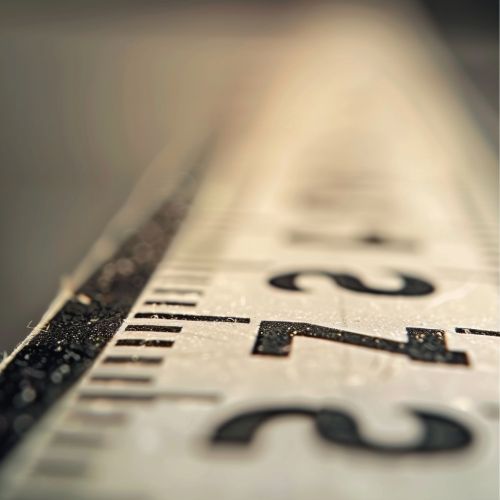Decimal
Introduction
The decimal numeral system, also known as base-10, is a positional numeral system that uses ten as its base. The system is widely used by humans due to the natural count of ten fingers in a typical human. The decimal system is a standard system for denoting integer and non-integer numbers and is used in most modern cultures.


History
The decimal system has its origins in ancient civilizations. The earliest recorded use of a decimal system is attributed to the ancient Egyptians during the Old Kingdom period (around 2700–2200 BC). The Egyptians used a decimal system for their hieroglyphic numerals, with different symbols for 1, 10, 100, 1,000, and so on, each increasing by a factor of ten. Other ancient cultures, including the Chinese, also used decimal systems.
Structure and Operation
The decimal system is a positional system, which means that the position of a digit in a number determines its value. Each position in a decimal number represents a power of ten. For example, in the number 345, the digit 5 is in the "ones" position, representing 5*10^0, the digit 4 is in the "tens" position, representing 4*10^1, and the digit 3 is in the "hundreds" position, representing 3*10^2.
Decimal Fractions
Decimal fractions, or decimal numbers, are a way of representing fractions and mixed numbers in the decimal system. They are based on the use of decimal points to separate the whole number part of the number from the fractional part. For example, the decimal fraction 3.14 represents the whole number 3 and the fraction 14/100.
Decimal Arithmetic
Arithmetic operations in the decimal system follow the same basic rules as in other numeral systems. Addition, subtraction, multiplication, and division can be performed on decimal numbers, and the results can be converted back into decimal form if necessary.
Decimal in Computing
In computing, decimal is often used for human-readable display of values. However, internally, computers and digital systems often use binary, octal, or hexadecimal systems, as these systems are more efficient for the machine to process.
See Also
- Binary numeral system - Octal numeral system - Hexadecimal numeral system
